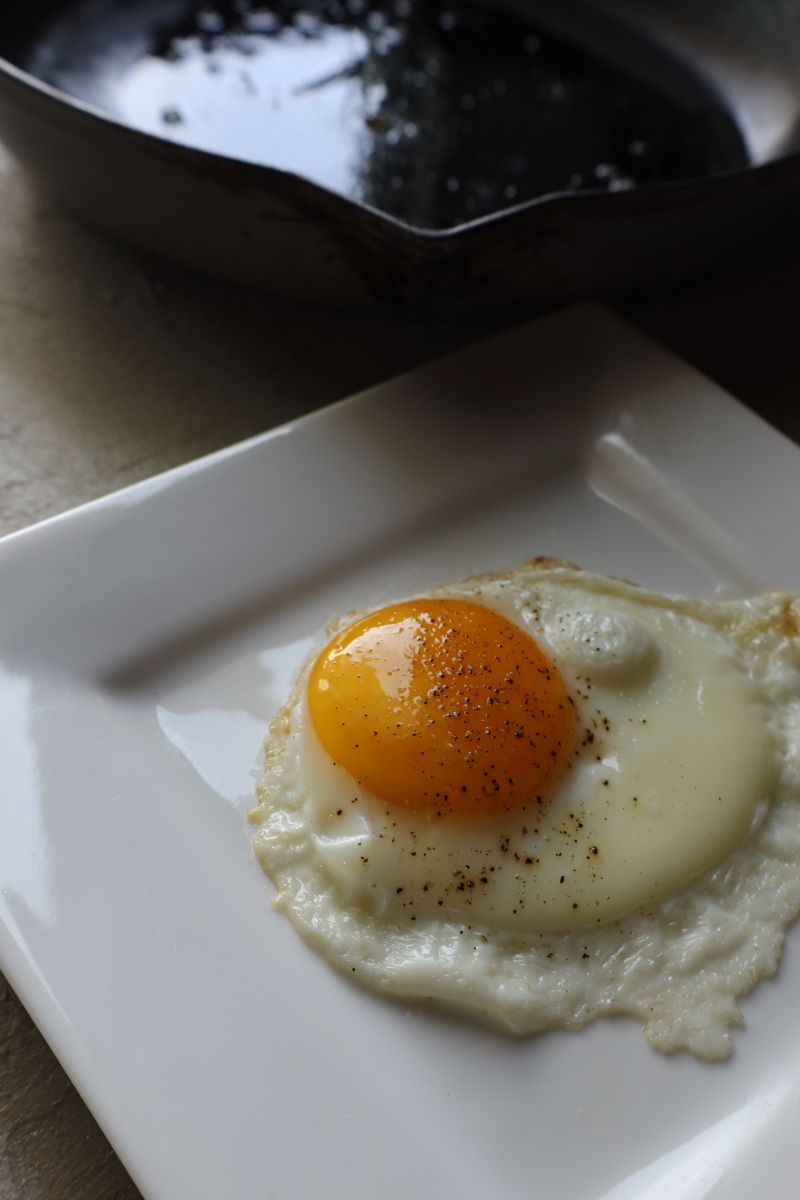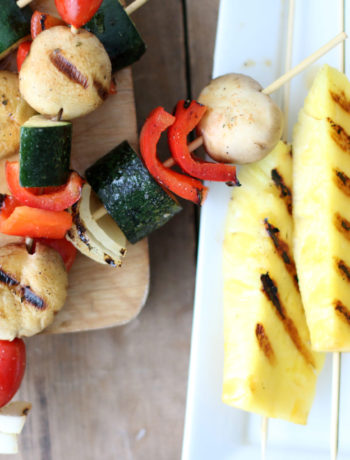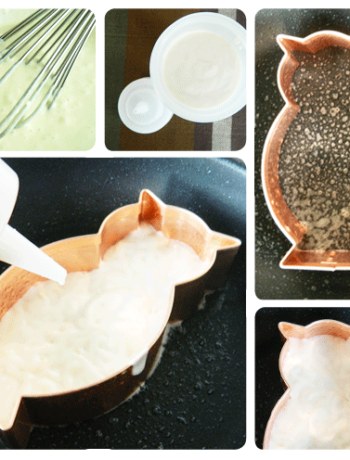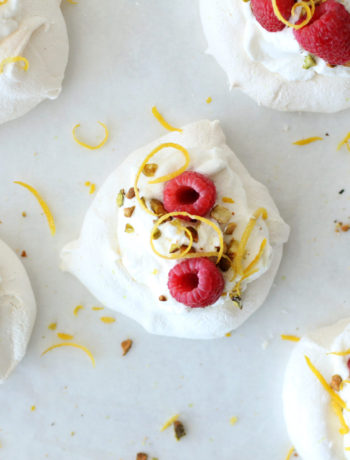Whether you’re serving up a hearty breakfast or just looking for a quick protein fix, knowing how to fry the perfect egg can take your skills in the kitchen to the next level. But here’s the biggest question: how do you like your fried eggs?
Today, we’re diving into the delicious differences between sunny side up eggs and those cooked over hard, and everything in between. We want to focus on ideal cooking temperatures, techniques, and tools. So grab your favorite nonstick skillet, and let’s get crackin’!
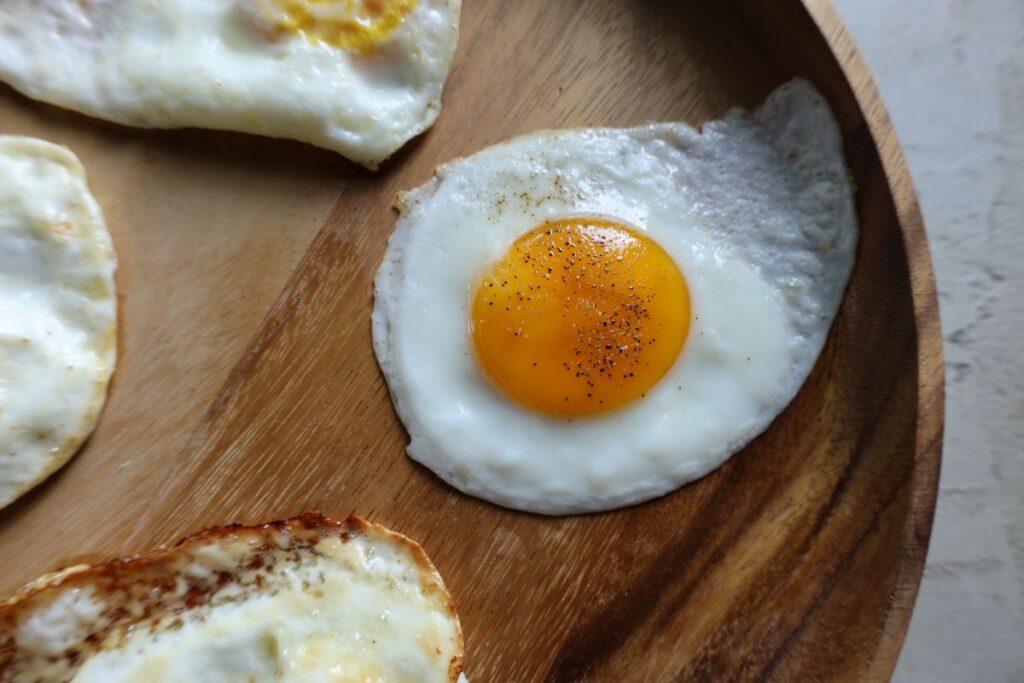
Sunny Side Up Eggs: The Classic Looker
If you’re a fan of silky yolks and Instagram-worthy plates, sunny side up eggs might be your go-to.
What It Means:
The egg is cooked on one side only. The whites are set, while the yolk remains bright, runny, and untouched on top—just like sunshine on a plate.
Ideal Temperature:
Keep your pan at a low to medium heat (around 250–275°F / 120–135°C). This allows the whites to cook through gently without browning or getting crispy, while keeping the yolk completely runny.
Pro Tip:
Cover the pan with a lid for the last minute or so to lightly steam the top and help the whites finish setting without flipping the egg.
Best Tools:
- Nonstick skillet or well-seasoned cast iron pan
- Silicone spatula
- Lid for steaming
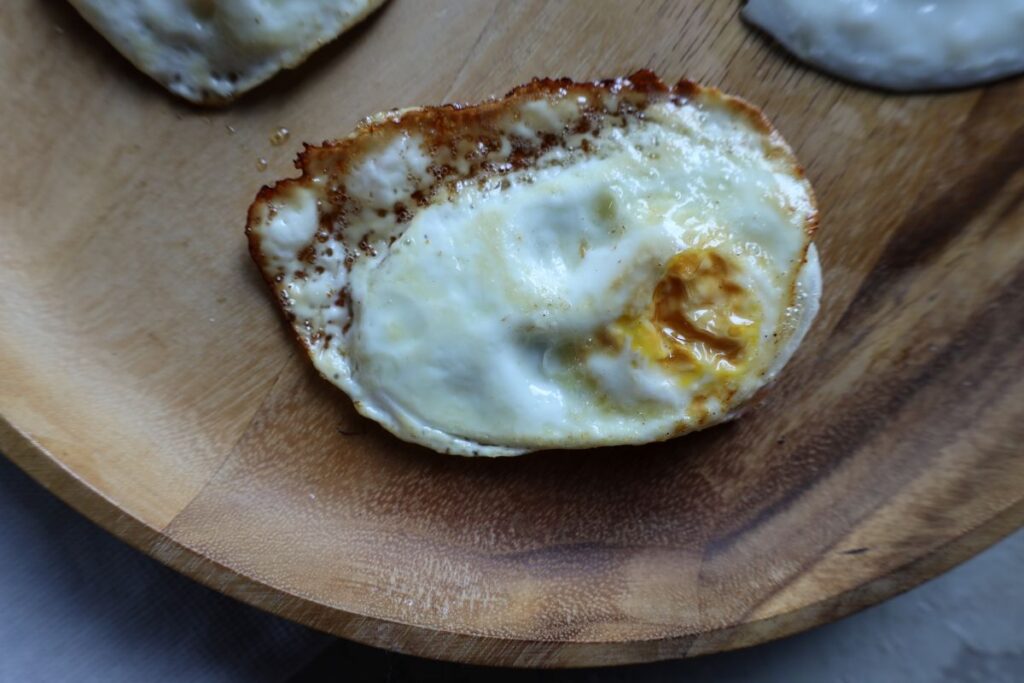
Over Hard Eggs: Fully Cooked & Satisfying
Prefer a yolk that’s firm and fully cooked through? Say hello to over hard.
What It Means:
The egg is fried on one side, then flipped and cooked until the yolk is completely set—no runny center here.
Ideal Temperature:
Use a medium to medium-high heat (around 300–325°F / 150–165°C) to ensure a firm texture without overcooking or burning the edges.
Pro Tip:
After flipping, gently press the top of the egg with a spatula to ensure even cooking of the yolk. But don’t break it!
Best Tools:
- Flat, wide spatula for flipping
- Sturdy nonstick, cast iron, or stainless steel pan
Now, these aren’t the only two ways to fry an egg. We’re sure you’ve heard of over easy, and there’s also an over medium. The biggest difference comes down to the texture of the yolk. Do you like it runny, slightly runny, jammy, or solid? Here’s a quick little chart to help you keep track:
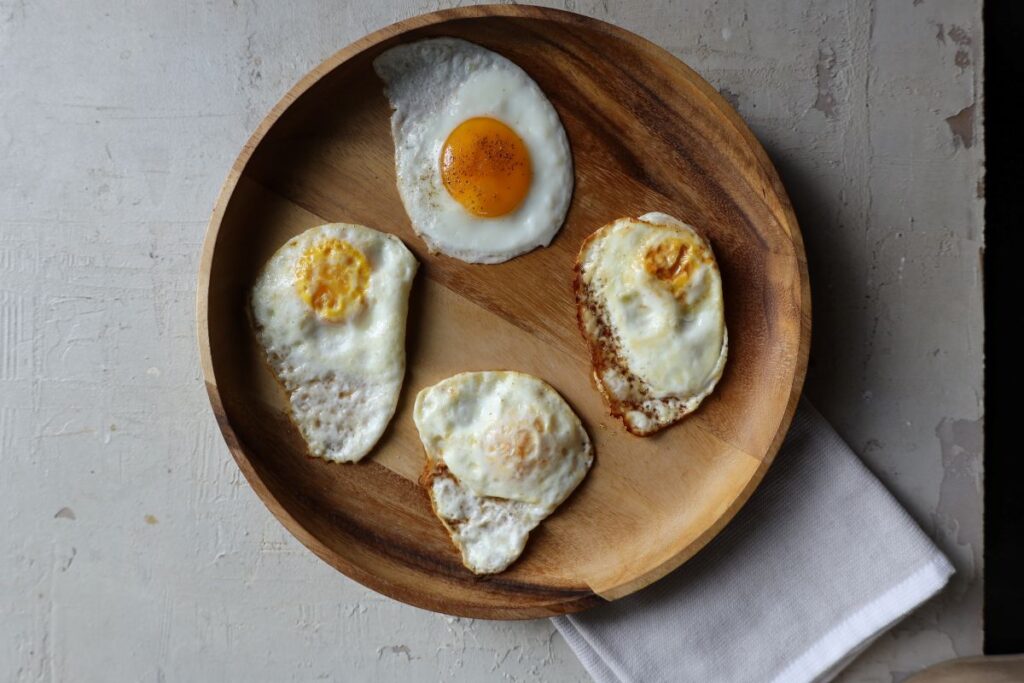
Quick Fried Eggs Temperature Guide:
| Egg Style | Temperature Range | Yolk Texture |
| Sunny Side Up | 250–275°F (120–135°C) | Runny |
| Over Easy | 275–300°F (135–150°C) | Slightly runny |
| Over Medium | 300°F (150°C) | Jammy |
| Over Hard | 300–325°F (150–165°C) | Fully cooked |
So…Which Fried Eggs Fit Your Plate?
All kinds of fried eggs are fairly simple, but they offer totally different experiences. And you want to make sure you start with the right fry pan. If you love dipping toast into golden yolk, sunny side up is for you. If you prefer a no-mess, yolk-free breakfast sandwich, over hard is your best bet. If you don’t like either of those, then you’ll want something smashed right in between.
Ready to Perfect Your Egg Game?
Stop by Gygi or shop online for pans, utensils, and other egg tools to level up your breakfasts. Then your ready to make fried eggs just the way you like them.

